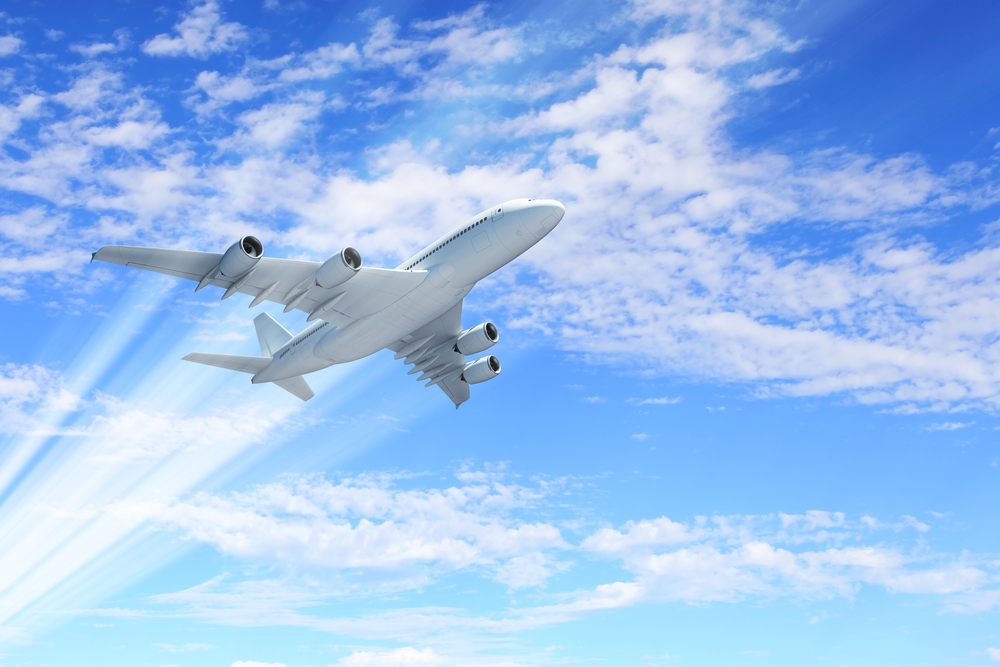A passenger flight in the Russian Far East turned into a moment of terror when parts of the aircraft began breaking away at altitude.
Others are reading now
The incident unfolded against the backdrop of a shrinking aviation industry struggling under wartime sanctions.
Authorities now face urgent questions about the safety of a fleet deprived of key Western parts.
Sanctions hit Russian aviation
According to reporting from UNITED24 and The Moscow Times, Russia’s civil aviation sector has been steadily deteriorating since the invasion of Ukraine triggered far-reaching export bans.
European suppliers have been barred from providing aircraft, spare parts or maintenance support since 2022.
Rosaviatsiya, Russia’s civil aviation regulator, has warned that the country may lose up to 300 airplanes and 200 helicopters by 2030.
Also read
Officials cite shortages of essential components, engines that cannot be repaired with current resources and the rapid aging of remaining aircraft.
A growing number of in-flight failures have been reported in the past two years.
Mid-air failure
The latest example occurred on Saturday when a Rossiya Airlines SSJ100 departed Vladivostok with 90 passengers on board, bound for Blagoveshchensk.
Mid-flight, the aircraft suffered what Russian media described as a partial breakup.
UNITED24 reported that the aircraft “disintegrated in mid-air.” The Moscow Times wrote that “part of its outer skin and engine panels detached.”
Also read
Videos cited by multiple outlets appeared to show the right engine missing its protective fairing, exposing internal components.
Emergency landing
Despite the damage, the crew managed to divert and land safely in Khabarovsk, roughly halfway along the planned route.
Emergency teams met the aircraft on arrival, and passengers disembarked without reported injuries.
The airline arranged a replacement plane to continue the journey, though some passengers chose not to board another aircraft and instead made their own travel plans.
Investigators are now reviewing the incident as concerns rise about the long-term resilience of Russia’s commercial fleet.
Also read
This article is made and published by Kathrine Frich, who may have used AI in the preparation


